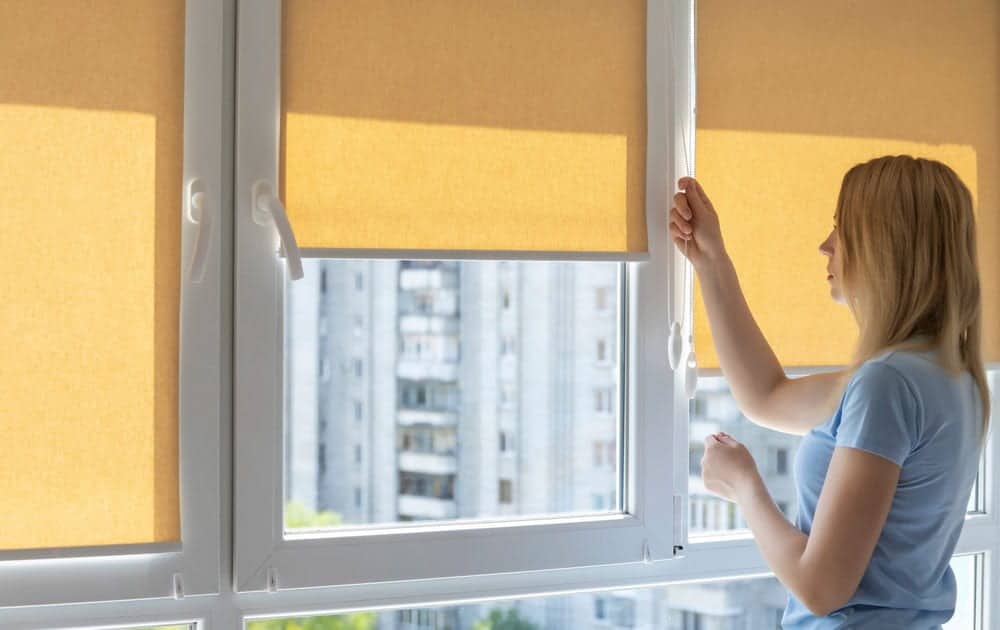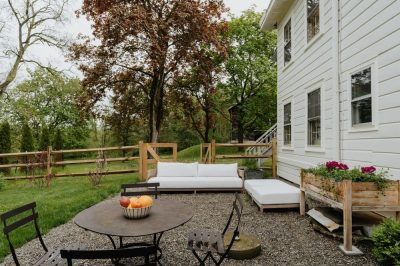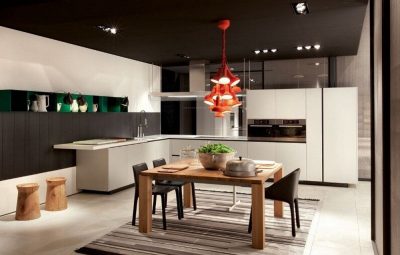
Selecting the perfect window blinds can greatly enhance the comfort and style of your home. With so many options available, from sleek modern designs to cozy traditional styles, it’s easy to feel overwhelmed. However, choosing the right blinds doesn’t have to be daunting.
The key is understanding your needs, whether maximizing light control, boosting privacy, or complementing your interior decor. In this guide, we’ll explore the essential factors to consider so that you can confidently pick the blinds that best suit your space and lifestyle.
1. Why Choosing the Right Blinds Matters
Regarding window treatments, blinds do more than block light; they add style, improve insulation, and create ambiance in your space. On the other hand, choosing the wrong blinds can lead to dissatisfaction with light control, energy inefficiency, or a look that doesn’t match your interior.
2. Types of Window Blinds: Which One is Right for You?
There are several types of blinds, each with its unique advantages. Whether you’re looking for premium window blinds in Calgary to match your home’s decor or to enhance light control, the options are vast. Here’s a breakdown of the most popular types of window blinds:
Venetian Blinds
Venetian blinds are classic and versatile. They consist of horizontal slats, usually made of wood, metal, or plastic, and are excellent for controlling light. They are ideal for rooms where you want a sleek and modern look.
Vertical Blinds
Vertical blinds feature vertical slats that are great for large windows and sliding doors. They’re particularly popular for offices and living rooms, offering adjustable light control while maintaining privacy.
Roman Blinds
Roman blinds are made from fabric and fold neatly when raised. They provide a soft, elegant look that complements bedrooms and living rooms. Roman blinds offer excellent insulation but may not be the best option for precise light control. If you’re interested in learning more about the style and history of Roman shades, check out this detailed guide from Laurel Bern Interiors, which offers expert insights on integrating them into your home decor.
Roller Blinds
Roller blinds are simple yet stylish. They roll up neatly at the top of the window and come in various materials when not in use. They are ideal for a minimalistic look and are easy to operate, making them perfect for kitchens and bathrooms.
Pleated Blinds
Pleated blinds are fabric-based blinds that fold into pleats. They offer a softer look and are popular for conservatories or rooms with irregularly shaped windows.
Cellular (Honeycomb) Blinds
Cellular blinds are energy-efficient due to their honeycomb structure, which traps air and insulates your home. They’re perfect for those looking to reduce energy costs and come in a range of light-filtering options.
Smart Blinds
For tech-savvy homeowners, smart blinds offer a convenient and modern solution. These blinds can be controlled via an app or voice command, allowing you to adjust them remotely or on a timer.
Factors to Consider When Choosing Window Blinds
Choosing the right blinds goes beyond just style. Below are key factors to consider:
- Room Function
What’s the room’s primary purpose where the blinds will be installed? For example, blackout blinds may be perfect for a bedroom, while sheer blinds might work best in a living room where you want to let in natural light but maintain privacy. - Light Control
Do you need full blackout or light filtering? Venetian and roller blinds offer different degrees of light control. Venetian blinds allow for fine-tuning, while roller blinds provide more straightforward on/off light control. - Privacy Needs
Privacy is likely a concern if your home is close to neighbours or on a busy street. Cellular and Venetian blinds can offer light control and privacy, while sheer blinds may not provide enough coverage. - Energy Efficiency
Blinds like cellular shades can help insulate your home, reducing energy costs. If energy efficiency is a priority, look for blinds with insulating materials or layers. - Maintenance
How much time are you willing to spend maintaining your blinds? Wooden blinds may need more attention to keep clean, while vinyl or aluminum blinds are easy to wipe down. - Safety
Consider cordless or motorized blinds to prevent accidents if you have young children or pets. Many modern blinds come with built-in safety features to minimize hazards.
Which Material Should You Choose?
Blinds come in various materials, and your choice will depend on aesthetics, functionality, and budget. Here’s a quick guide to common materials:
- Wood
Wooden blinds add a warm, natural look to any room. They’re durable and offer excellent light control but can be pricier. Avoid using them in high-humidity areas like kitchens or bathrooms, as moisture can cause warping. - Faux Wood
If you like the look of wood but need something more durable, faux wood is a great alternative. It’s moisture-resistant, ideal for kitchens and bathrooms, and more affordable than real wood. - Aluminum
Aluminum blinds are sleek, lightweight, and great for modern spaces. They’re also one of the more affordable options, making them popular for offices or commercial spaces. However, they can dent easily. - Vinyl
Vinyl blinds are budget-friendly and versatile. They are moisture-resistant and easy to clean, making them an excellent choice for bathrooms, kitchens, or laundry rooms. - Fabric
Fabric blinds, such as Roman or pleated blinds, offer a softer, more decorative look. They come in various colours and patterns, making them highly customizable, but they may require more maintenance than other materials.
How to Measure for Window Blinds
Accurate measurements are crucial when ordering blinds. Here’s a step-by-step guide to measuring your windows:
- Measure the Width
Measure the window width at the top, middle, and bottom. Use the smallest of these measurements for an inside mount. - Measure the Height
Measure the window’s height in three places: left, center, and right. Again, use the smallest measurement. - Consider Mount Type
Decide whether you want an inside or outside mount. Inside mounts fit within the window frame for a streamlined look, while outside mounts cover the window and can make a room look larger.
Common Mistakes to Avoid When Choosing Blinds
- Not Considering Light Control
Different rooms have different light needs. Make sure to match the type of blinds with the light control you desire. - Ignoring Privacy
In areas like bathrooms or bedrooms, privacy is crucial. Consider blinds that offer adjustable light while maintaining privacy. - Choosing the Wrong Material
Picking the wrong material can lead to long-term damage. Avoid wooden blinds in humid areas and use more durable materials like vinyl or aluminum. - Skipping Professional Installation
Opt for professional installation if you need clarification on installing blinds. Poor installation can result in operational issues and even damage your windows or blinds.
Conclusion
Choosing the right window blinds doesn’t have to be complicated. Considering factors like room function, material, and style, you can find the perfect blinds to complement your home’s design and meet your needs. Remember to measure accurately, match the material to the room’s function, and consider light control and privacy to make the best decision.
Window blinds are not just functional — they’re essential to your home’s aesthetic. The right blinds can transform any space if you want to add style, privacy, or energy efficiency.








